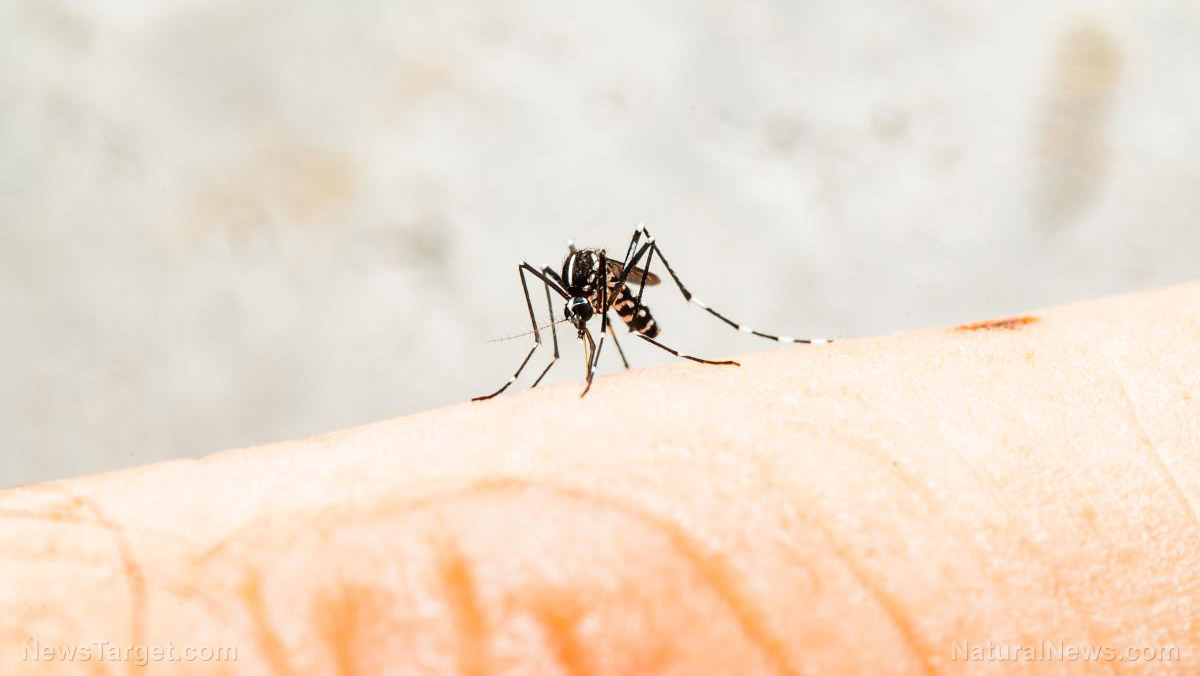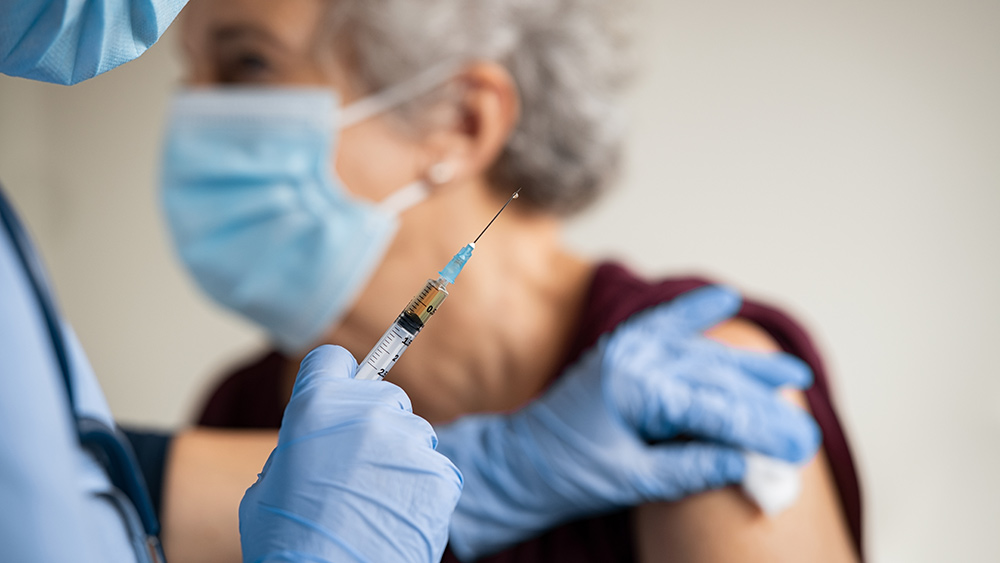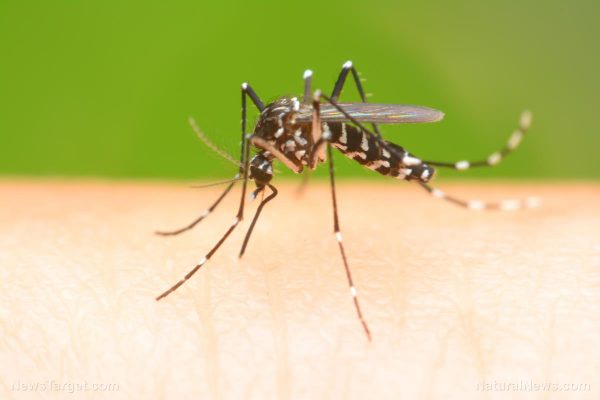
- According to research, iron and zinc deficiencies are common in areas where malaria is widespread. In fact, these deficiencies contribute to morbidity.
- Taking vitamin C and zinc supplements is seen as a potential remedy to malaria.
- To explore this, the researchers conducted a three-week trial to assess hematological changes and the survival of P. berghei-infected mice after a three-day treatment with the antimalarial drug, artemether, combined with vitamin C and zinc supplementation.
- The mice were grouped based on different ratios of vitamin C and zinc (i.e., 90:10, 80:20, 70:30, 60:40 and 50:50).
- The researchers conducted weekly assays to assess body weight, packed cell volume (PCV), white blood cell count (WBC), red blood cell count (RBC), hemoglobin concentration (HB) and mortality.
- They reported that mice mortality was higher in the absence of supplementation, although the difference was not significant.
- Supplementation also did not reduce parasitemia.
- On the other hand, supplementation with vitamin C-zinc (30:70) increased survival and produced better results (improved PCV and HB) than the other combinations used.
Crunchy and tasty slow-roasted celery recipe
By Rose Lidell // Share
Protect your brain health with the nutrient citicoline
By Winnie Martin // Share
Denmark permanently bans Covid-19 vaccine from AstraZeneca over deadly blood clots
By Ethan Huff // Share
Here are 7 reasons to love dark chocolate
By Joven Gray // Share
Node flower allmania: Common weed found to be a natural larvicide against dengue mosquito
By Evangelyn Rodriguez // Share
Race for Star Power: TAE Technologies to merge with Trump Media in $6B deal
By willowt // Share
Six pre-workout snacks that improve performance
By ljdevon // Share
Germany's $3.1 billion arms deal with Israel sparks outcry amid Gaza genocide
By ramontomeydw // Share
Elon Musk predicts AI will make money obsolete, dismisses need for savings accounts
By bellecarter // Share
Japan's NUCLEAR dilemma: Rising tensions spark debate over pacifist principles
By ramontomeydw // Share











